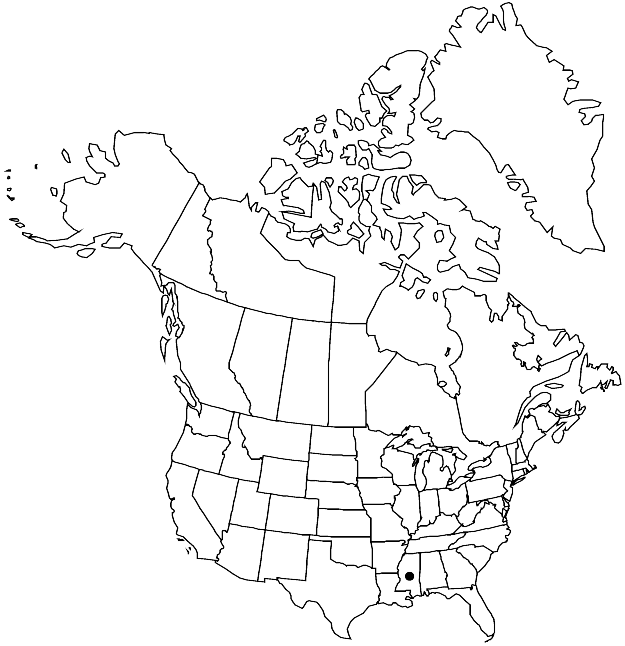Difference between revisions of "Isopterygium tenerifolium"
J. Linn. Soc., Bot. 12: 499. 1869.
FNA>Volume Importer |
imported>Volume Importer |
||
| (5 intermediate revisions by 2 users not shown) | |||
| Line 32: | Line 32: | ||
-->{{#Taxon: | -->{{#Taxon: | ||
name=Isopterygium tenerifolium | name=Isopterygium tenerifolium | ||
| − | |||
|authority=Mitten | |authority=Mitten | ||
|rank=species | |rank=species | ||
| Line 47: | Line 46: | ||
|publication year=1869 | |publication year=1869 | ||
|special status= | |special status= | ||
| − | |source xml=https:// | + | |source xml=https://bitbucket.org/aafc-mbb/fna-data-curation/src/2e0870ddd59836b60bcf96646a41e87ea5a5943a/coarse_grained_fna_xml/V28/V28_861.xml |
|genus=Isopterygium | |genus=Isopterygium | ||
|species=Isopterygium tenerifolium | |species=Isopterygium tenerifolium | ||
Latest revision as of 21:38, 5 November 2020
Plants medium-sized, in thin, loose mats, yellow-green to green. Stems 2–4 cm, 2–3 mm wide. Leaves wide-spreading to squarrose, usually wrinkled and contorted when dry, ovate-lanceolate to ovate, 1–1.5 × 0.4–0.7 mm; margins plane to erect throughout, serrulate proximally, serrate to serrulate distally; alar cells short-rectangular to quadrate, 19–33 × 9–19 µm, region small, with 1 or 2 cells on margins; medial laminal cells often flexuose, linear-fusiform, 71–141 × 5–7 µm. Specialized asexual reproduction absent. [Seta brown to reddish, 2–3 cm. Capsule horizontal to pendulous, sometimes nearly erect, light brown to reddish, 1–1.5 mm; operculum obliquely short-rostrate. Spores 9–14 µm].
Phenology: Capsules mature fall.
Habitat: Low sandstone bluffs along rivers
Elevation: elevation unknown
Distribution

Miss., Mexico, West Indies, Central America, South America.
Discussion
Isopterygium tenerifolium is known in the flora area from only one recent collection from Mississippi (Lauderdale County, eastern shore of Chunky River at Stukey Bridge, 32°15'N, 88°52'W, 30 September 1992, Buck 22129 CANM, NY). The species is morphologically close to I. tenerum, differing by the somewhat larger plants, stems often 2–4 cm, leaves 1–1.5 mm and usually wrinkled and contorted when dry, and seta 2–3 cm. The collection in CANM contains only one plant with an undeveloped sporophyte that has a seta of 2 cm; fully developed sporophytes remain unseen in the flora area. The species should be sought elsewhere in the Gulf Coast region where other populations likely occur.
Selected References
None.